Traditionally we’ve been taught meat, vegetable and starch makes a complete meal. Well, at least that was how I grew up – so did my husband. It is hard to get out of that thinking. And even harder to get our kids out of it.
With all the food related films and literature I’ve exposed myself to recently, I’ve been more and more avoiding buying any type of meat. Then all of the sudden I find myself caving because we are a meat and potatoes culture and my family is still adjusting. Nevertheless I have great guilt as a result – because I so often see the economical animal products as poison.
Is Meat Really the Best Source of Protein?
Well, yes! That is when you can get the good stuff. For the four legged the grass-fed, the two-legged you want free-range and foraging on what they are supposed to eat, as for the scaled wild is best. In addition, raw dairy and eggs from foraging chickens are the most efficient sources.
But, these are expensive and labels can’t always be trusted. Not all of us are blessed to live close to direct sources of these – which significantly drops the price. Or have it in our budget to buy the “organic,” healthy versions. For the most part I can fit organic produce into our budget, but meats are a different story.
So, no, the conventional sources of these, which the majority of our population eats, is not best source. In fact they are probably doing more harm than good. But, protein is essential, so it isn’t one of those things – like processed foods – we can just do without.
What is Protein and What Does it Do for Us?
Protein is a group of amino acids, one of the three macro nutrients (the other two being fats and carbohydrates). The muscle tissue in meat has an optimal ratio of calories to nutrients; finding the same amount of protein in plant life is an increase in caloric intake. Animal protein is also a complete protein, where plant-based is incomplete.
The plus side to vegetables is their added fiber. The advantage to eating the correctly-fed animal products is the fat and cholesterol – you heard me! Theses are good things! They not only feed our brains and help us to feel full, the presence of fat is essential for absorbing many nutrients. So when eating plant-based sources of protein, coconut oil or grass-fed butter are a must.
Our bodies use protein for repairing and maintaining muscles, bones and cartilage. It also plays a role in blood clotting and hormone production. Specifically red meat begins the production of natural testosterone which aids in healing wounds and burning fat.
There have also been studies showing that proteins help you feel more full – without the added calories of carbohydrates to fill your tummy. So, eating the right amount of protein, in theory, should help you lose or maintain your weight. I know I have had those times where I feel so full, yet still want a big medium rare steak. I’ve also heard many women say their husbands don’t consider it a meal if there is not a piece of meat on the plate.
How Much Protein is Right Amount?
Depending on age, gender and activity level the correct amount can be anywhere between 40 to 70 grams per day. In comparison to the other two macro-nutrients, protein should only make up about 20%. About half of U.S. adults eat twice as much protein as they should. (Note from Kate: too much protein in the long run is hard on the kidneys, so you don’t want to do this! Even though it’s very popular right now in health/athletic circles, protein is not magical. It needs to be consumed in the proper proportions like anything else.)
If you are wanting to get scientific, here is a calculation you can use. Take your weight in pounds and convert into kilograms (divide by 2.2). Use that number and multiply by 0.8 to 1.8, depending on your activity level. Someone in good health, but not regularly exercising should use the low end. If you are pregnant, getting over a sickness, under severe stress or engaging in regular intense exercise go to the higher end. This will give you the amount of protein in grams you should be eating daily.
Other Sources of Protein
There are seeds, which include grains, beans and nuts – because essentially if you planted these they’d grow. The problem with these is in your body does not have the right enzymes to fully digest and absorb all these little nuggets have to offer and there are byproducts.
The good thing is that they are high in fiber and phytochemicals, non-essential nutrients that help with enzyme production and prevent disease. The problem is that they can also make you feel bloated or gassy. This is because of the phytic acid found in these protein alternatives, which essentially prevents your body from being able to fully digest them, this causes problems in your stomach and doesn’t take full advantage of the nutrients inside.
The solution . . . I have started soaking my grains and beans with the whey byproduct from yogurt making. Whether it is just a few hours or overnight, I figure something is better than nothing. This is where some meal planning would really help. I’ve seen a lot of different ratios for soaking. I’ve begun doing a tablespoon of whey to a cup of beans or grains.
Protein amounts for alternates to meat is listed below in grams per cup. This is by no means a comprehensive list, but hopefully it will help you starting out to find some alternative sources. As usual, read labels closely – GMO and chemicals these can be dangerous as well, though they won’t outright make you sick like some meats have the potential to.
Grains
These can be soaked and cooked in stock then used like you would rice or pasta. Millet and bulgur can be cooked and prepared like oats or as a pudding.
Amaranth – 28.1, Oats – 26.3, Quinoa – 24, Wild Rice – 23.6. Buckwheat – 22.5, Millet – 22, Farro – 21, Brown Rice – 14.7, White Rice – 13.1
Beans
Buy these dry for the best price and soak overnight. Use in soups, stews, as a side or puree and let your household dip and scoop.
Lentils – 18, Kidney Beans – 16, Black Beans 15, Black-eyed Peas and Lima Beans have around 14, Navy Beans and Fava beans – 13, Chickpeas 12, Green Peas 9
Nuts and Seeds
Buy raw and prepare crispy style. These are in 3 1/2 ounce servings – as you wouldn’t want to eat a whole cup.
Peanuts and Walnuts – 24, Almonds and Pistachios – 21, Cashews – 18, Hazelnuts – 15, Pecans – 10
Many of these I soak, for the aforementioned reasons. But I know many who say it just isn’t worth it. My thinking is that you have to soak beans before you cook them anyway – unless you are paying the extra for canned and I ask you why you’re doing that (which are not properly soaked and can cause stomach problems/gas for some)? As far as the grains, it is just one more step. Most of the time I rinse these anyway, so why not just do it half a day earlier?
I’ve yet to do many soaked baked goods — mostly because those are spur of the moment, when the weather is right events. But it is as simple as substituting whey in for some of the liquid content and letting it sit for a few hours or overnight. Neither have I gotten to the nuts yet – mostly because I don’t have a dehydrator yet. (Note from Kate: you can dry them in the oven on the lowest setting if you don’t have a dehydrator. It won’t preserve the rawness, but it will take care of the phytic acid. Most nuts sold as ‘raw’ in the stores today aren’t really raw anyway, they are pasteurized.)
I do love that I am able to use the copious amounts of whey I get from making yogurt. I felt horrible just pouring it down the sink.
Produce
You can go here to see protein content in fruits and veggies. Or do your own search of those you like to eat and see if you should eat more. But unless you can eat a bunch, I wouldn’t say it is a reliable source. I still have a hard time eating the recommended servings per day myself. Though they are important to have in your diet for other reasons.
David van der Mark via Compfight
Protein Powder
I’m not big on supplements or shakes. I don’t really enjoy drinking my food. But many struggling with low protein have probably thought or tried one of the MANY protein powders on the market. AND, they’re way more expensive in the long run compared to real food sources.
Because of the amount of powders on the market it is a little confusing and hard to find a safe and effective one. Most are made from whey or casein – from cow’s milk, I can gaurantee it is corn-fed cows, so the problem goes on. They can also contain a lot of additives and fillers.
Among these are heavy metals, like arsenic, cadmium, lead and mercury.
These metals can strain your liver and kidneys. Which requires more water to cleanse these organs and can make you dehydrated. It can also cause you to lose calcium and be a factor in osteoporosis. Acidic blood has also been a result of these powders in some people.
This could be a whole post or series in itself. Some supplements are great! But those that are not pure, should be taken with great care. And if you can get it from real foods that is best.
Note from Kate: At this time, we can’t recommend using any protein powders. Most people do not need the extra protein, and the highly-processed nature makes them not whole foods at all.
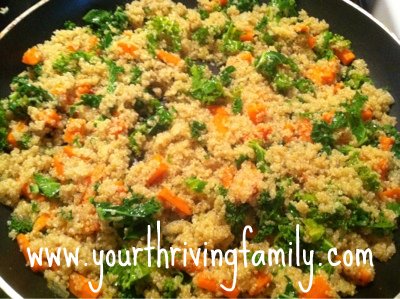
Balance
As in everything, moderation and variety is key.
I’ve yet to be able to bring myself to buy any grass-fed beef; the price here in California makes my heart stop. Chicken is a little more do-able, but I have still only bought it on special. Neither do we have local sources of raw cow’s milk, it is available in the store, for a pretty penny. I have however, found raw goat’s milk.
We’ve already had to come off cow’s milk because of the problems it causes my dear little preschooler. Almond milk, raw or yogurt cheese have helped. Of course these are more out of our wallet, but I take it as something essential to do as we would for an allergy.
I’d like to say that if I can’t find the good stuff we’d go without. Honestly, if it were just me in charge I would. But when I am dragging my family along this new path, only so much grumbling can occur before there is a revolt.
My goal is to only do meats for dinner two to three days a week. The others we’ll do a combination of the alternate sources. My kids have done well when I make beans the texture of refried beans. Some grains I can pass off as the rice they are already accustomed to.
I also hope to transfer the family over to some better nut butters – because peanut isn’t the best, but it is also a favorite here. We do have our chickens, fresh eggs with eating what I give them.
For some good protein-filled recipes, try Healthy Pregnancy Super Foods! It’s not just for pregnant women!

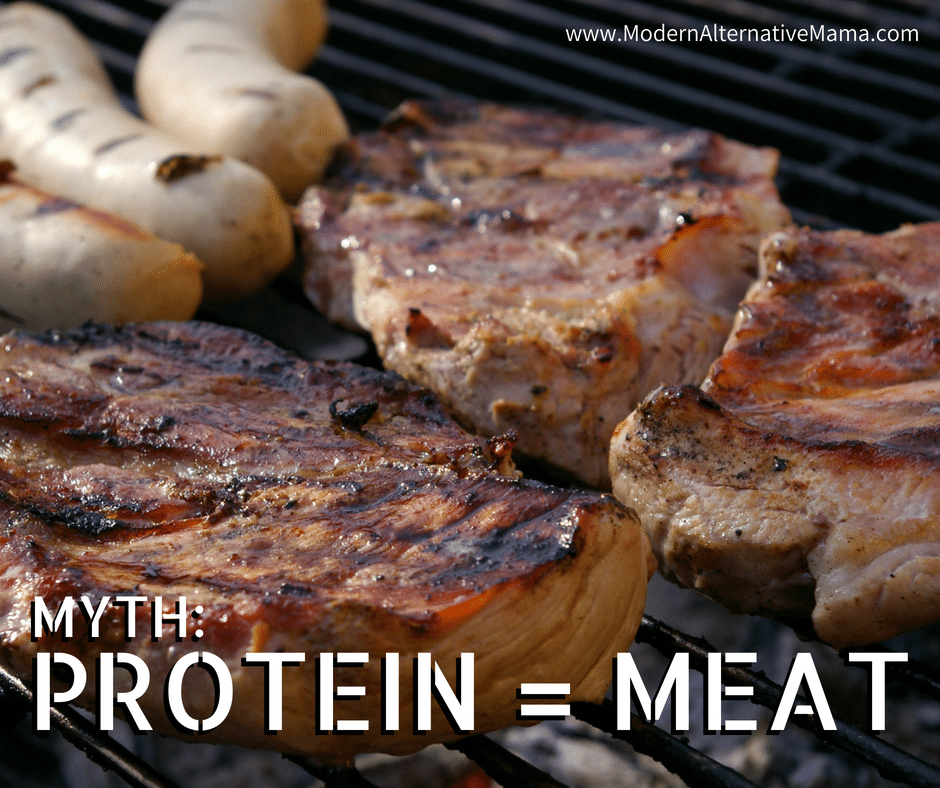
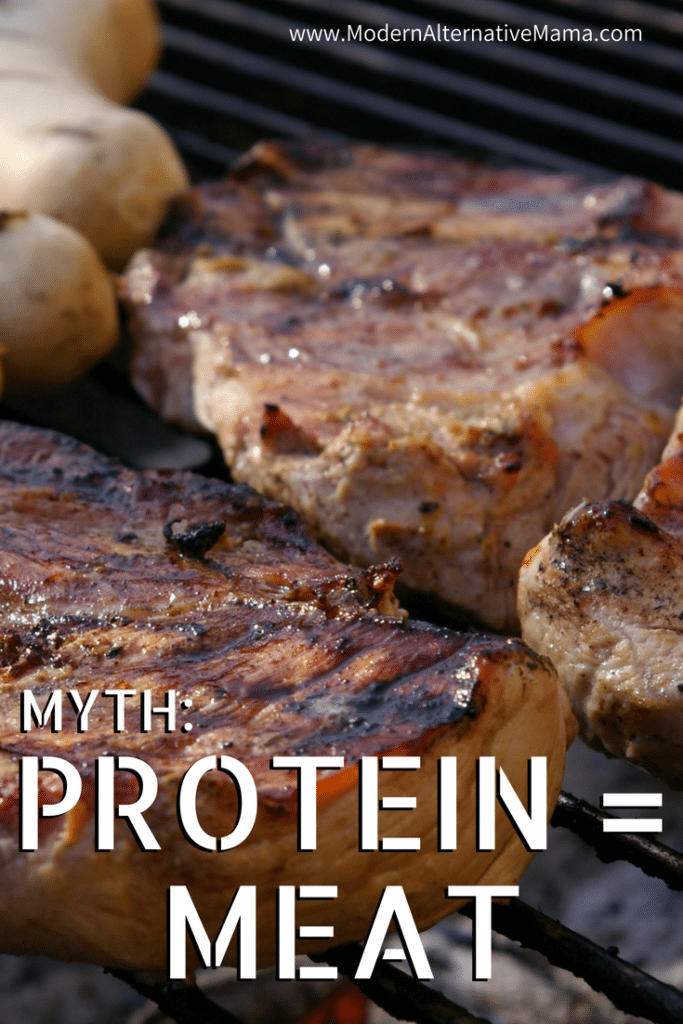
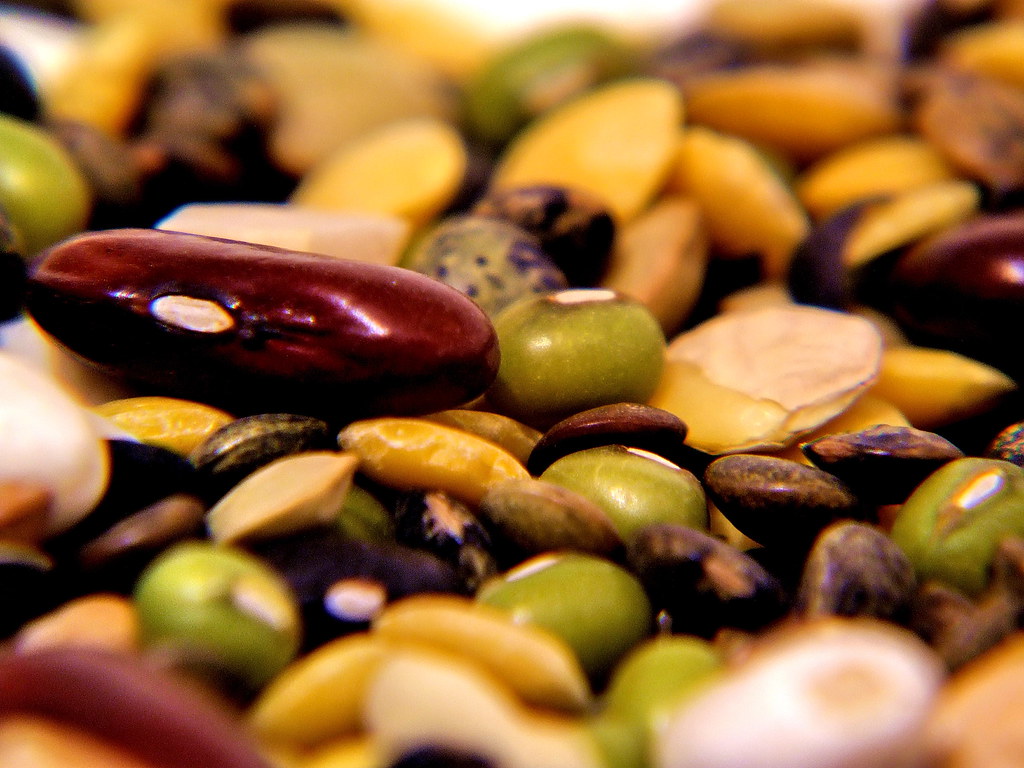

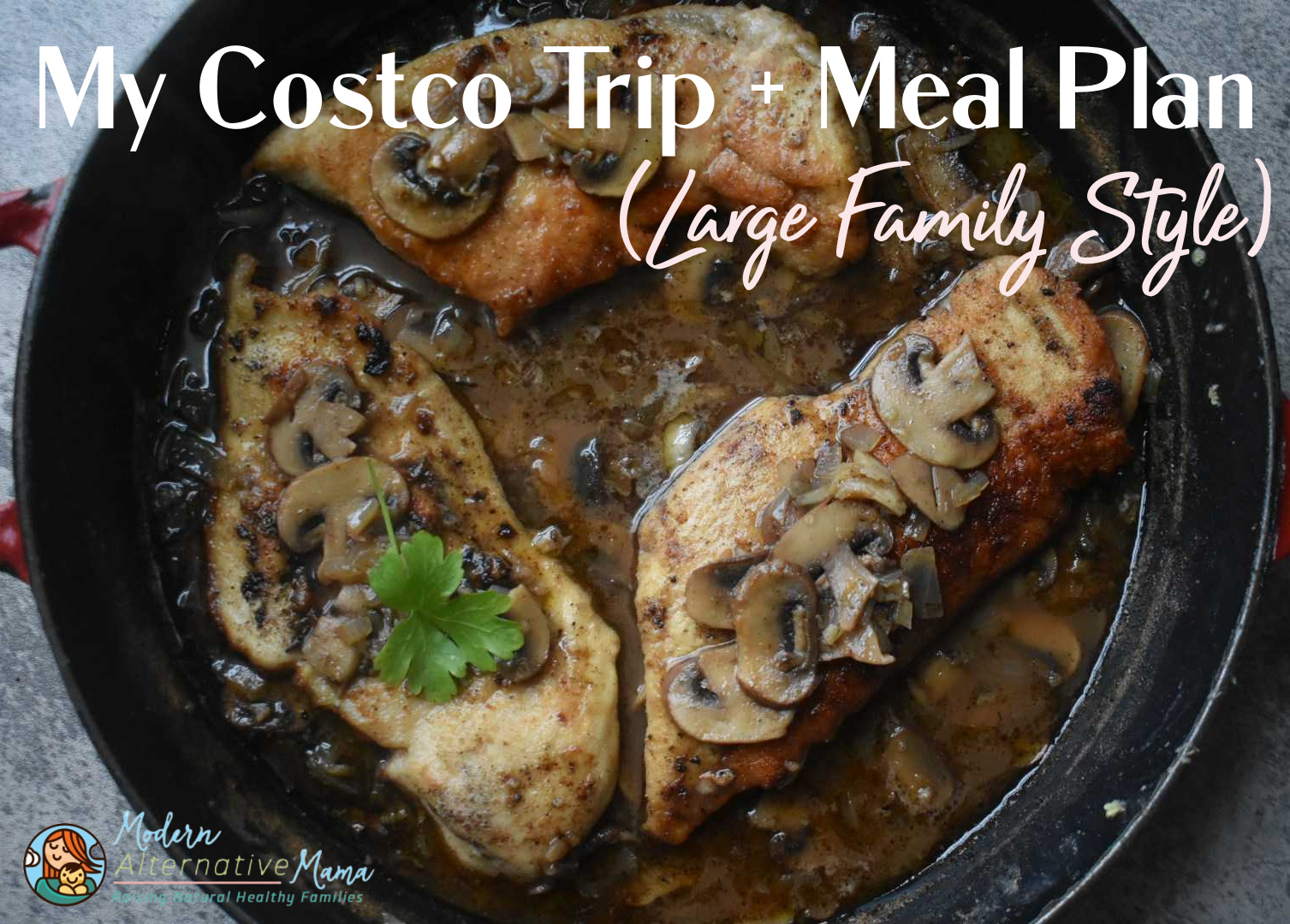
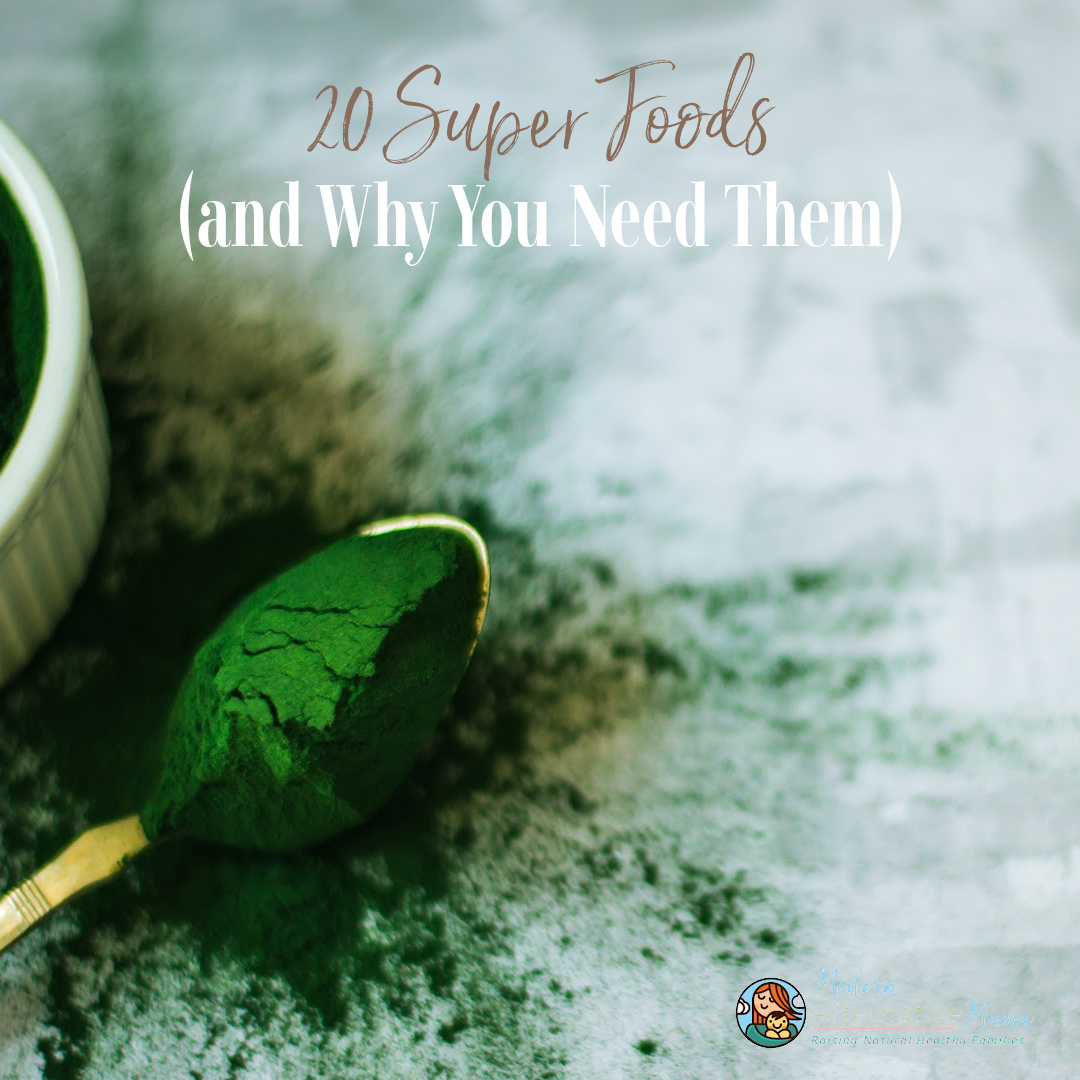
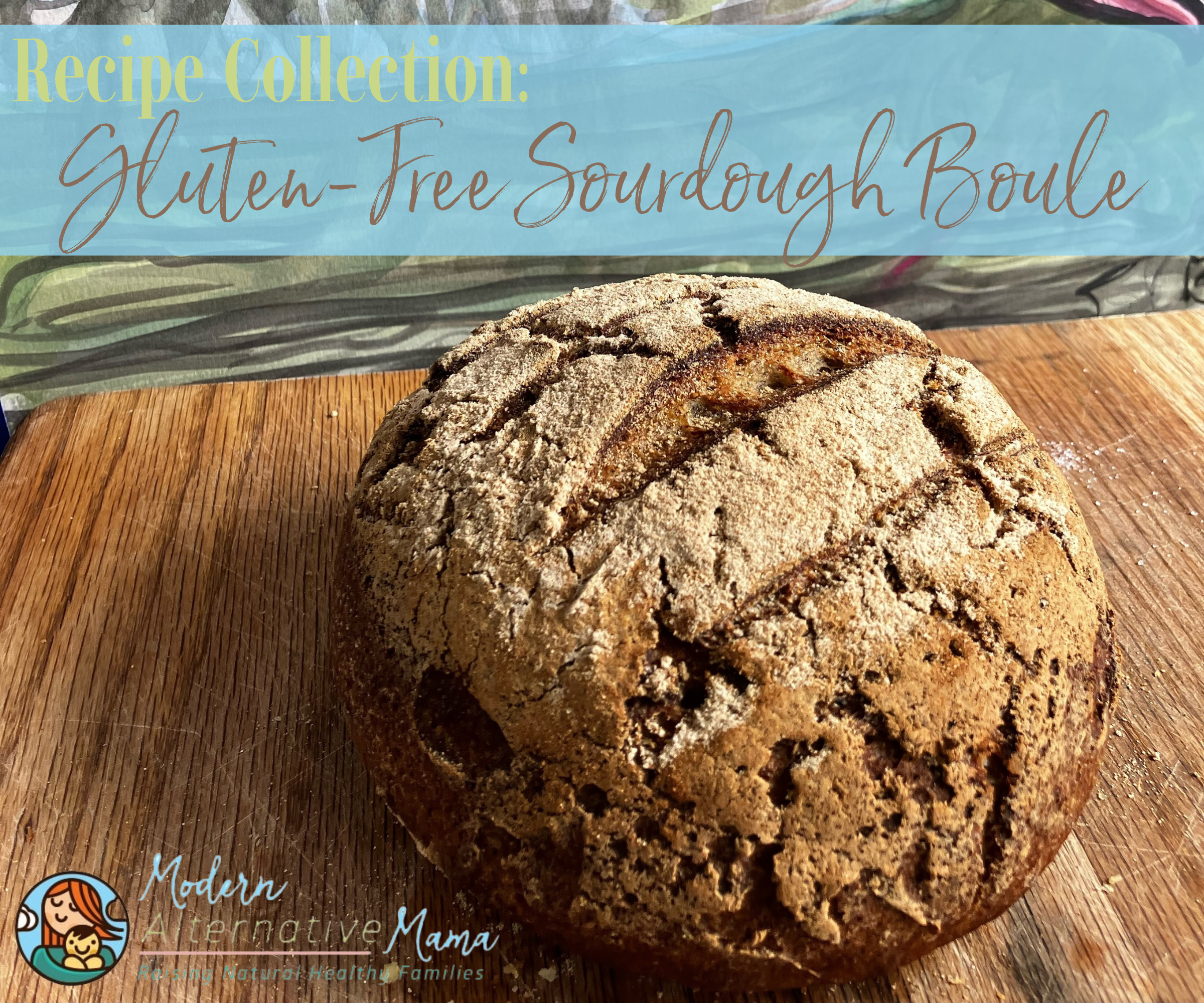
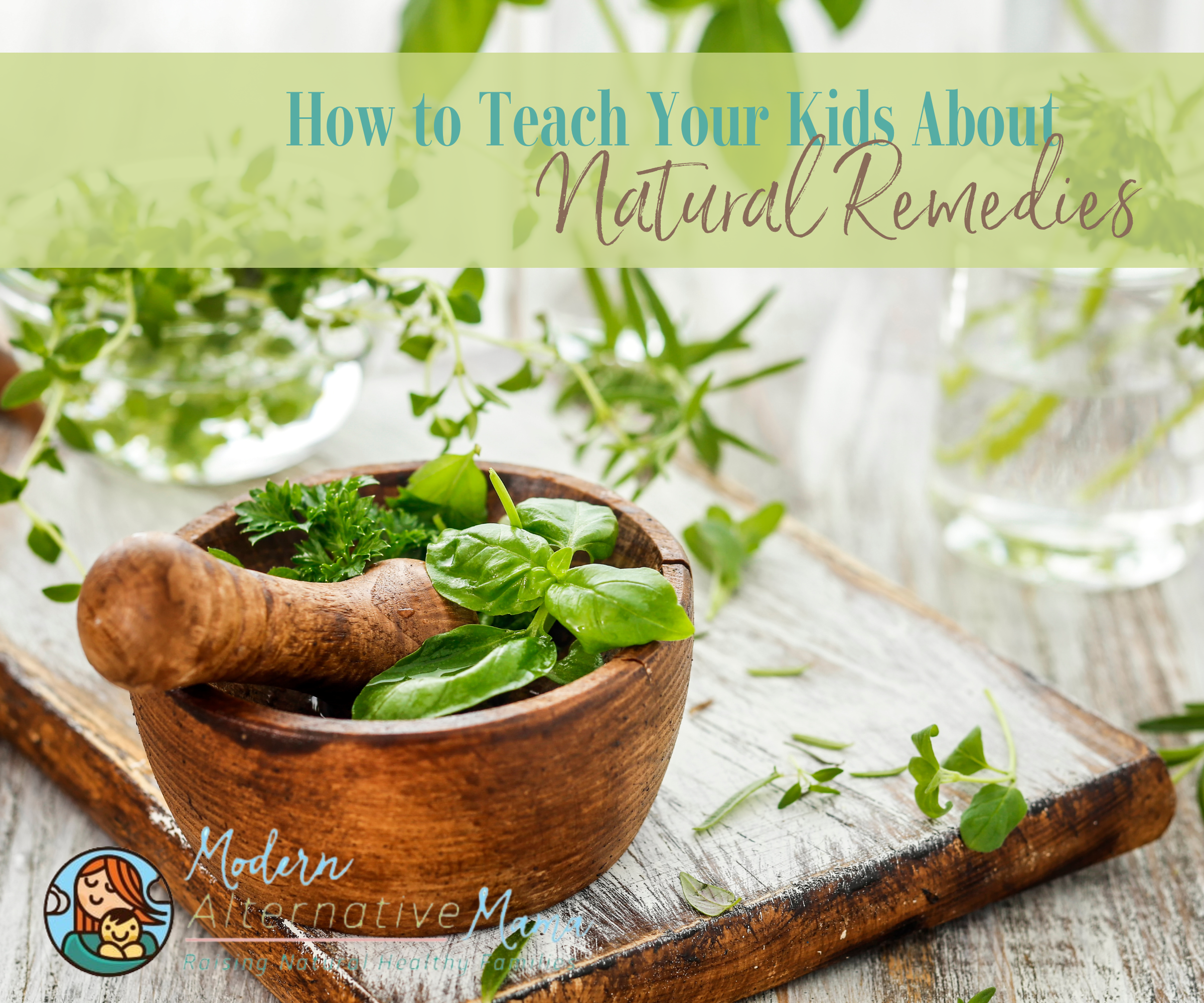

THere is no such thing as “wild” meat. All the wild animals eat GMO corn and other foods.
Depends on where you are hunting. We know some people who have large properties (50 – 100 acres) and there is no GMO corn or soy anywhere on or near it. They hunt on their own property. We choose not to eat wild meat unless we can verify where it came from and what it was likely eating. So — be careful, basically.
The wild was referring to seafood 🙂
[…] the economical animal products as poison. Head over to Modern Alternative Mama where we look at – Is Meat Really The Best Source Of Protein? I’ve got some great alternative for you. Join me […]